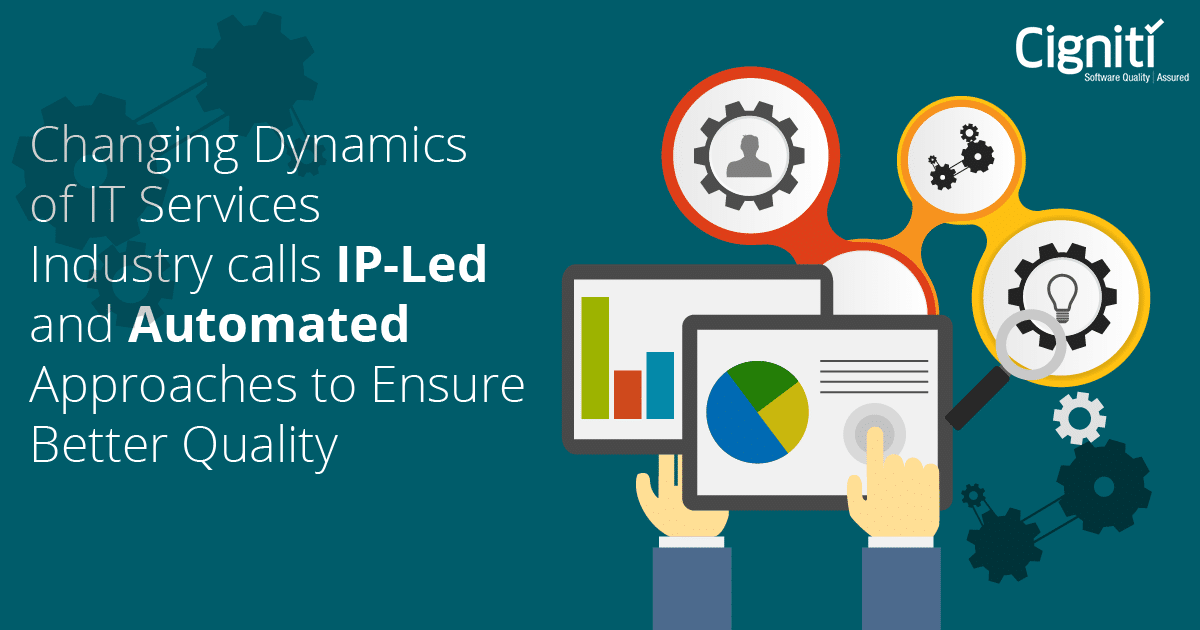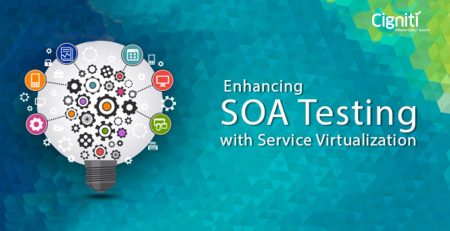Emerging Trends That Will Define the Next 10 Years of Software Testing [Part-1]
The volatility of the current business scenario is highly unpredictable. With software industry impregnating every industry out there, with technology becoming the primary way of performing activities, any change in the IT sector directly affects every other sector as well.
The past two decades were all about digital transformation, DevOps and Agile methodologies, and organizations trying to align with these disruptive trends. Some succeeded, many failed. To completely transform digitally has become a failed dream for several businesses, while others are struggling to find the right way of entering this difficult yet astoundingly beneficial journey. On the other hand, decision makers are engaging in a futile Agile vs DevOps battle, while not wanting to leave their comfort zones of Waterfall.
The last ten years were about getting over what was and getting hang of what should be. On that note, the next ten years shall see higher enthusiasm and openness to adopt the emerging trends. The next decade shall be a host of events that will derive responsive actions from participants, rather than wasting time on convincing them why their participation is required.
As we approach the end of one decade and the beginning of the next, it is safe to say that the last ten years were all about setting the stage while the next ten years will witness how the show finally turns out.
1. Software testing transcends ‘industry walls’ along with digital transformation
Today, there is no industry that remains untouched from technology. From healthcare, pharmaceuticals, and insurance to BFSI, travel, and hospitality, technology has become an integral part to each sector. Industry incumbents as well as newbies are taking the digital approach for their endeavors. They are consciously making efforts to utilize the latest technology for delivering value services to their potential as well as existing customers.Those lacking in adopting the latest tech to deliver heightened user experience are digging their own grave in the backyard of a tech-driven landscape. There will be a rapidly rising inclination and hustle for achieving digital transformation successfully in the coming decade. There has really been a lot of attempts at this, but the lack of knowledge and availability of right set of skills became a hindrance. With organizations now having more clarity about how, with more acceptance about why of digital transformation, and with better understanding about the critical role of software testing in the digital journey, we can expect a greater number of success stories than failure ones in the next decade.
2. ‘Agile and DevOps’ over ‘Agile or DevOps’
As put aptly by Diego Lo Giudice, VP and Principal Analyst at Forrester, “it is simply unacceptable for any IT organization to focus on an Agile-only or DevOps-only journey. They are two sides of the same coin, and one completes the other.”
It is time that we end our obsession with always choosing sides. Sometimes, a collaborative approach is required to complete a complex puzzle. A recent Forrester survey results showed a clear agreement with this collaborative instead of independent approach. The survey showed that large majorities of those doing Agile+DevOps joint program enjoy more benefits than those who adopt them separately, such as, advantages of faster solution delivery (84%), more frequent releases (88%), and faster business value (88%).
While the past decade was all about shifting from waterfall to Agile or DevOps methodologies, the next ten years will be about taking the ‘Agile + DevOps’ approach along with continuous testing for building superior quality into the delivered products and services.
3. Increasing automation tools and services to assist QA
Manual seem to become already outdated with automation taking over maximum tasks. Even though majority of companies rely on manual resources for completion of software testing activities at present, this will change as we proceed into the next decade.
It is true that automation tools perform repetitive testing cycles, iterations, and cumbersome scanning tasks with greater speed and accuracy. Having said that, it is also a fact that manual resources will be of even higher importance in the world surrounded with automated testing.
Manual resources will drive the testing cycles, while automation will facilitate and assist. This means, we can expect to see a significant reduction in post-production defects, increase in customer satisfaction levels, and higher user retention.
4. Cybersecurity steals the maximum attention of decision-makers
With cyberattacks becoming the fastest growing crime in the U.S., and with FBI marking cybercriminals under their ‘most wanted’ list, cybersecurity has taken utmost importance. As organizations are preparing for a truly connected tomorrow and a digitally-driven landscape, it is critical that excellent security measures are deployed.
Cybersecurity Ventures predicted that by 2021, the cybercrime damages will cost the world $6 trillion annually. This data is scary on so many levels. There is no decrease in the scope and scale of cyberattacks, making it a priority for the CISOs and CIOs across the globe. The rate at which number of cybercrimes have gone up in the last years demands that necessary security solutions. The next decade will see executives responsible for organizational security centering their focus on creating a breach proof ecosystem.
5. Quality engineering garners priority over simple QA
The shift-left approach for software testing has been doing rounds since a few years. It will take higher prominence in the upcoming decade. Instead of a choice, shifting-left will become the only way of developing a quality software.
Assuring quality is no longer enough for building a product or service of value. Engineering quality into a product right from the beginning will become the sole method to guarantee high customer satisfaction and ROI.
In the next ten years, not only will QE-driven software testing drive an SDLC but will also ascertain a productive completion.
We can expect that the next ten years will smash the last ten in terms of quality as well as speed. Read Part 2 of this blog where we discuss the trends that will shape the next generation of software testing industry.





Leave a Reply